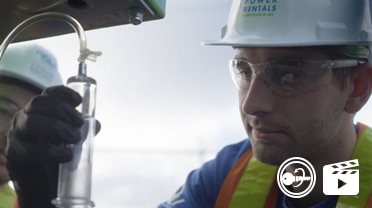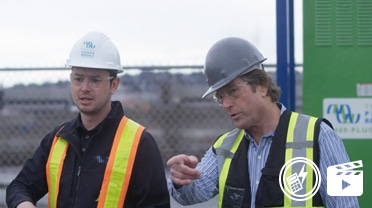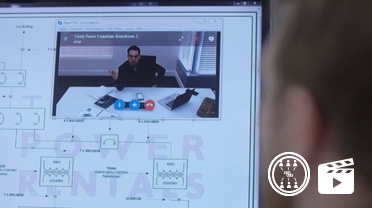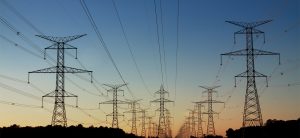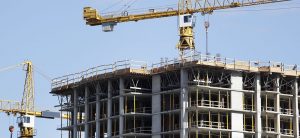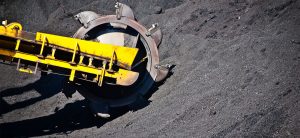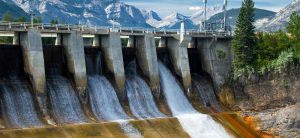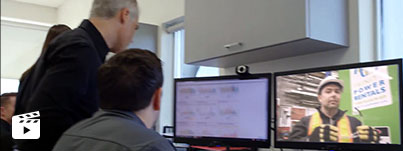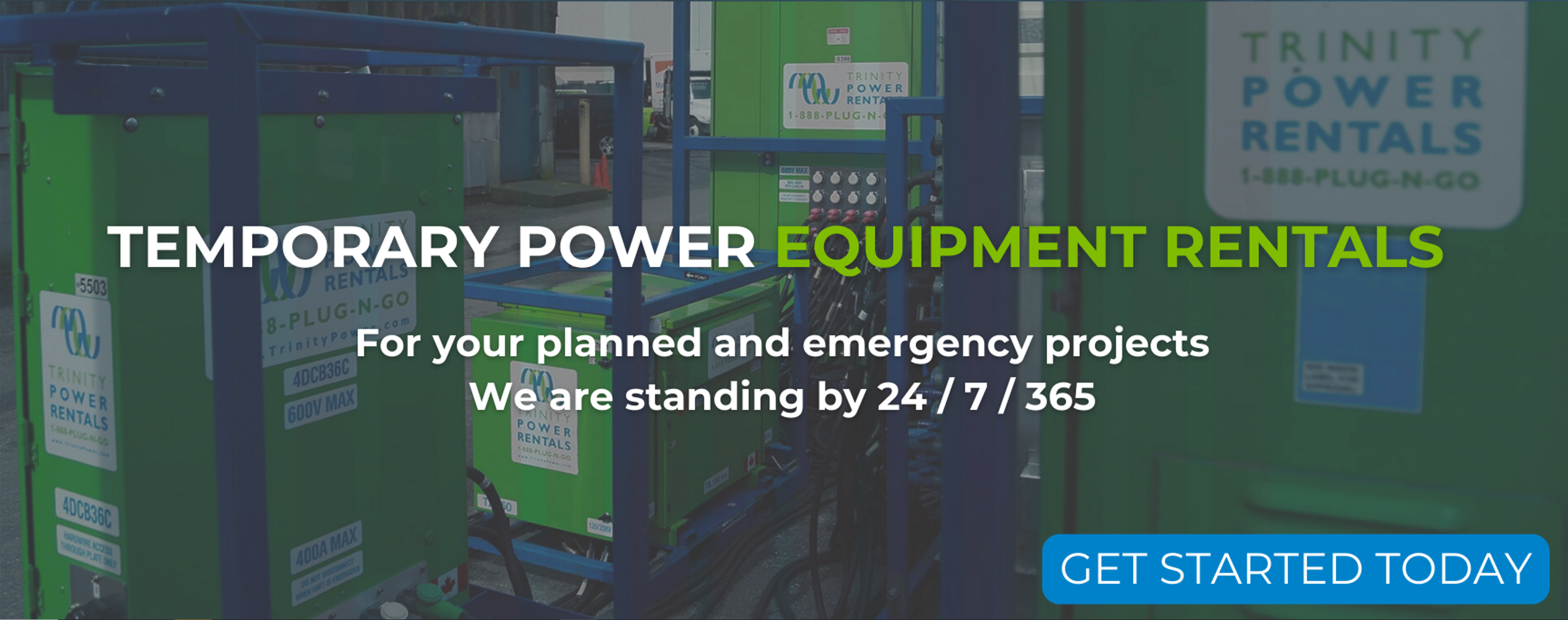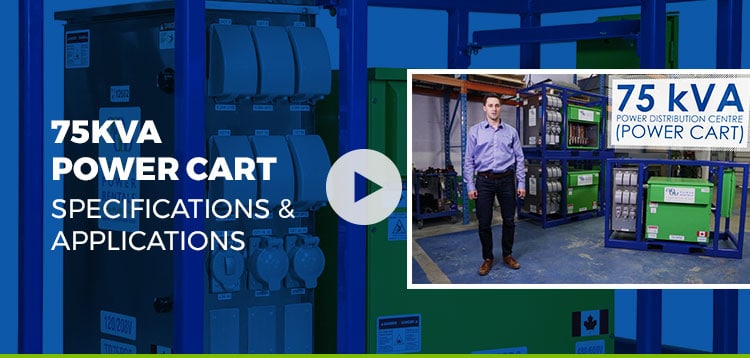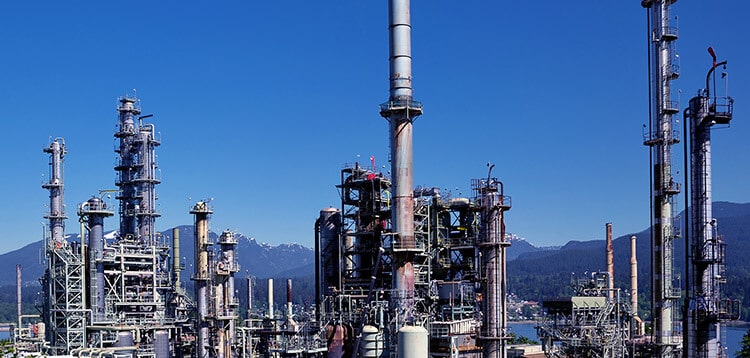- OUR APPROACH
-
COMMITTED TO YOUR SUCCESS
Our approach, developed over decades of experience, is fine-tuned to get the results you want.
We deliver concept-to-completion solutions, designed by temporary power specialists with access to the largest inventory of high-quality power generation and distribution equipment in North America.
-
- Equipment
-
RENTALS
From a wide range of diesel and natural gas generators to transformers, cable, light towers and more, our large rental fleet and extensive vendor network ensure we’ll have the temporary power equipment that your project requires — every time.
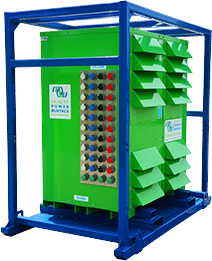
-
- Industries
-
INDUSTRIES WE SERVE
For nearly 20 years, we have been at work powering projects across Canada’s industrial sectors.
Select from this sampling of industries to learn how we can put our expertise to work for you.
VIEW ALL- Projects
- About
-
A PROUD HISTORY. A BRIGHT FUTURE.
From our inception in 1998, we have been building our team on a foundation of excellence. Our team members’ passion, expertise and commitment are what have allowed us to grow into a national company with projects across Canada.
Click on the links to learn more about our history, our team or our career opportunities.
- Blog
- Contact
-
If your site lost power right now, what would happen? How quickly could you get back up and running? When a planned or unplanned outage happens, timing is of the essence. But are you aware of what your site stands to lose in just 30 minutes without power?
We spoke with Kevin Hearn, a 48-year plant operations veteran who has managed multiple turnarounds, to learn what 30 minutes without power can look like, and how to avoid having to find out first hand.
30 Minutes is Never Just 30 Minutes
“30 minutes out is going to take at least 1 hour to get back on track,” explains Hearn. This is because the power alone isn’t the only factor that contributes to lost productivity.
In the case of an unplanned outage, the first concern is safety. Says Hearn, “When you lose power in a situation where it was not predicted, then you can get into some serious safety issues – people falling, hazardous areas, all kinds of things can happen that are not good at all.” This means that getting people out of those hazardous situations will be top priority. “It may take you half an hour to stabilize, safety-wise, and get to the point of ‘Ok, what are we going to do now?’” he explains.
And once safety has been addressed, and the power has been restored?
“It’s going to mean the shutdown of jobs,” he says. “People are going to have to clear out or assemble somewhere else. And when the power goes back on, it’s going to take at least 30 minutes to get those people back to work.”
Even in situations where the outage has been planned, the lost labour can be costly if the planning hasn’t been thorough enough. “Normally what happens, mostly in remote places, you can’t release the contractors because they won’t come back,” Hearn explains. “So what you’re doing is you’re paying a bunch of people for sitting around.”
The bottom line is that, whether the outage is planned or unplanned, 30 minutes is never just 30 minutes. And the losses that are incurred largely can’t be recovered. So what can plant operators do to mitigate some of the losses generated by an outage?
Plan for Total Outage
When planning an outage, or creating a contingency plan, Hearn’s biggest piece of advice is to plan for total outage. This means taking into account not just how long the power will be out, but also how long it will take to get everything fully operational again once the power returns.
It also means being ready for the entire site to be without power, even if the turnaround plan only calls for partial outages. The unexpected happens. Hearn recalls a situation he encountered during a turnaround: “We hadn’t planned for a total power outage, and then we needed one because we found some electrical issues. You can easily lose a day if you haven’t planned for that outage properly.”
Consider Your Distribution
A big part of planning properly for any outage is making sure your temporary power equipment — and not just your generator — is up to the job. Having enough power is one thing, but being sure it can be properly distributed is another.
Especially in older plants, the system is often not set up to effectively distribute temporary power.
“It’s key to understand how you’re going to wire in the temporary power supply generators,” says Hearn. “It takes some planning and effort and expertise.”
Luckily, ensuring a site has adequate distribution is something that can be done with certainty. Says Hearn, “The biggest advantage you’ve got with power distribution is that if you analyze your need for generators, power supply and power distribution early enough, it should be something that is failsafe, because it’s predictable. But you need to be planning that months in advance.”
Have a Plan in Place
You can never be too meticulous in your planning. Hearn recalls the last turnaround he managed, where $2.5 million was spent on the planning phase. “My bosses in Calgary were after me asking why it was costing so much money to plan. Well, for every dollar I spend planning, I’m saving $100,” Hearn explains. “Without proper planning, you are going to run into crises you can’t handle because you’re in a crunch, you don’t have the right people, the timing is wrong or you’ve got a bunch of equipment standing around.”
Hearn’s recipe for success includes creating a detailed plan — well in advance of any turnaround — for timelines, personnel, and distribution. It also includes working with temporary power experts who will be able to determine your plant’s exact needs, and ensuring that everything gets written down. “If the plan is in somebody’s head, it may as well not exist,’ Hearn quips. “The key is to have it in writing so people can pick it up and look at it.”
For emergency outages, being prepared is much more difficult, but equally crucial. Working with an expert to prepare a contingency plan can go a long way towards mitigating the costs associated with an outage.
The loss associated with even 30 minutes of lost power can be major. But with the right approach, it doesn’t have to be. As Hearn emphasizes, “Planning is key.”
Related Articles
Subscribe for access to exclusive content
